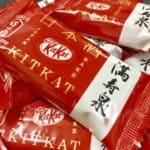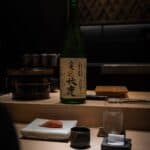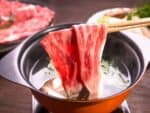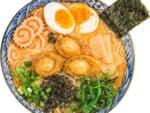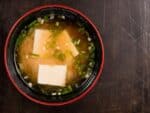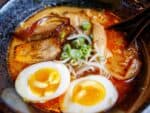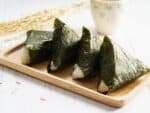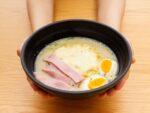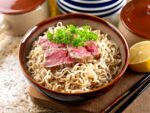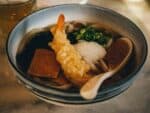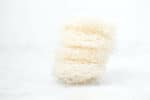Sake is a traditional Japanese alcoholic drink that has been around for centuries. Sake can be made from rice, barley or other grains. This article discusses whether sake is gluten free and if it’s safe to drink on a gluten-free diet.
So is Sake gluten free? Sake is gluten free. Rice does not contain gluten, and sake is made from fermented rice. Therefore, people with celiac disease or who are gluten intolerant can safely drink most types of sake. However, some producers add wheat to their sake during the brewing process. These products will be labeled as “contains wheat” on the bottle, so be sure to check the label if you have gluten concerns.
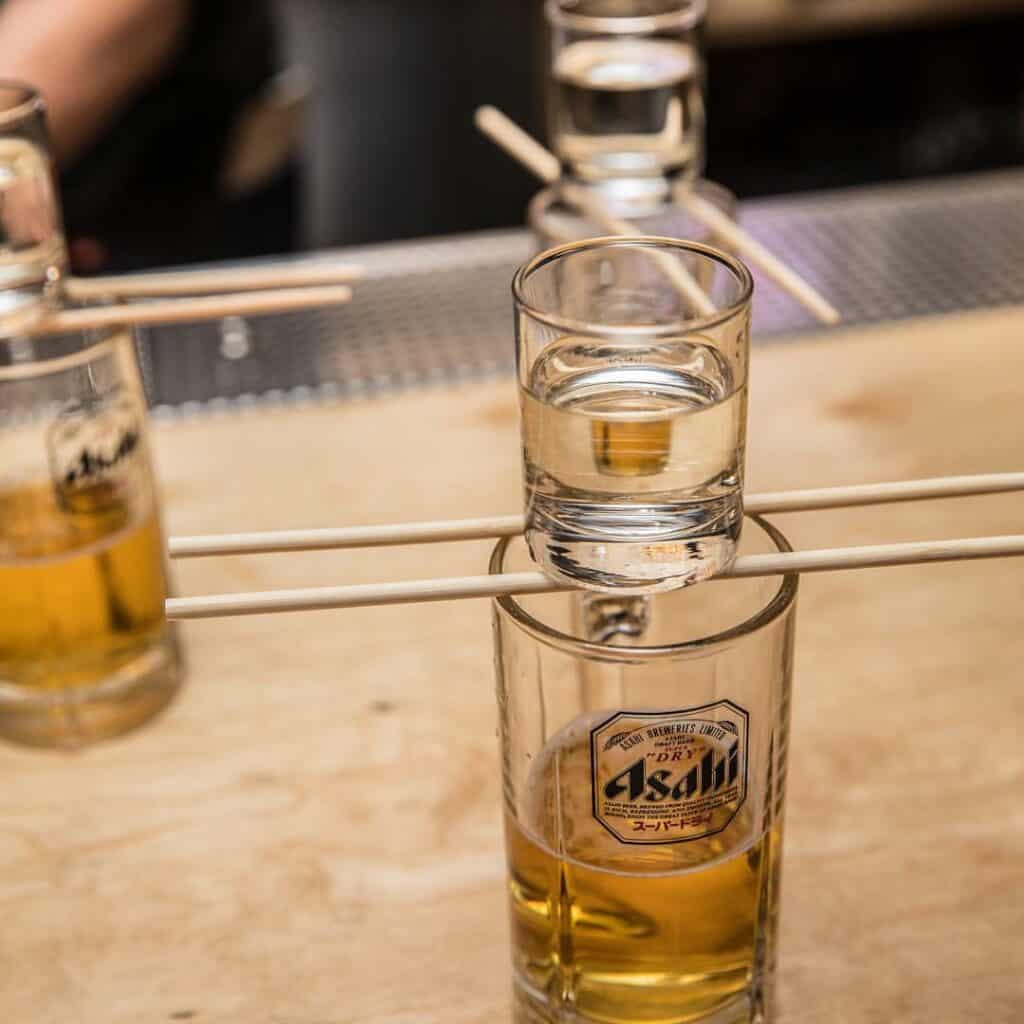

Is all Sake Gluten-Free?
You need to be aware that there are several different varieties of sake. These can be divided into two categories, namely premium sake and non-premium sake.
Premium Sake
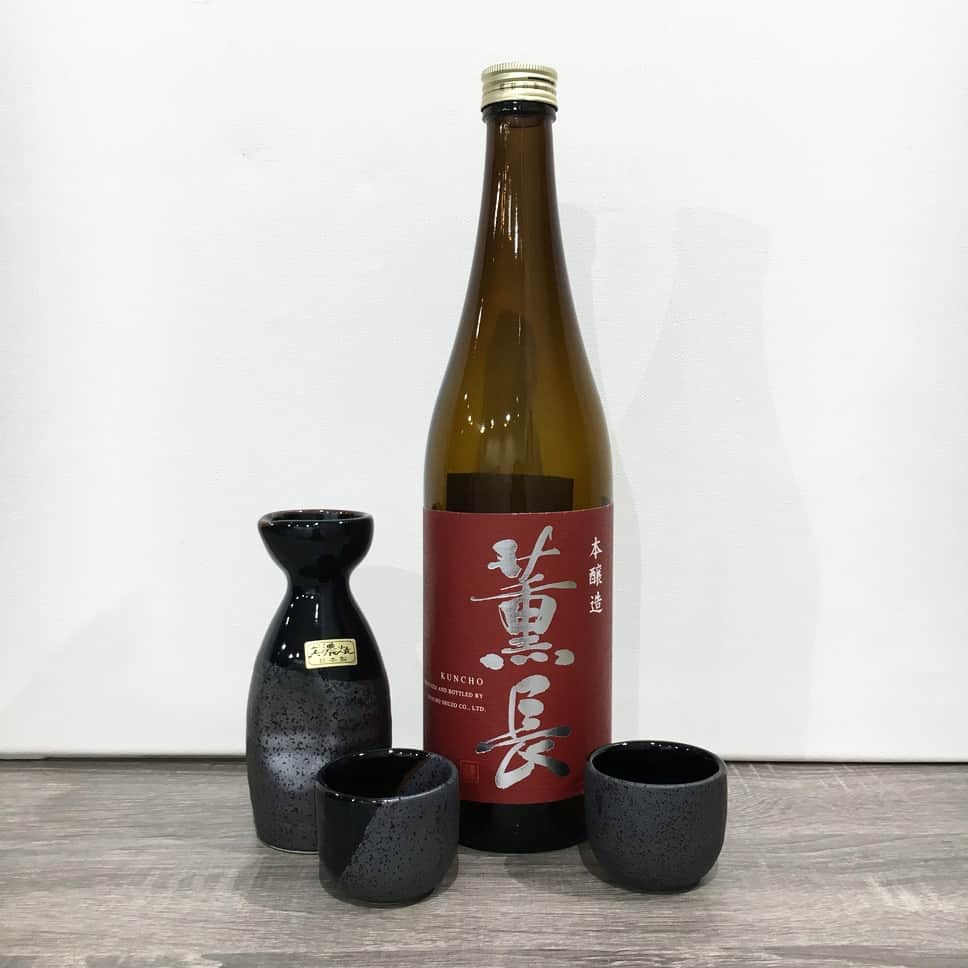
This alcoholic beverage is made from fermented rice and is commonly known as Japanese rice wine. The manufacturing process is actually less like wine and more similar to the making of beer.
Due to the method used in making the drink, and the regulations in place, premium sake is considered gluten-free.
If you don’t see a label on the bottle that says “premium,” then you need to check if it’s labeled as one of the regulated eight grades of sake.
The classes of Premium sake are as follows:
- Honjozo
- Ginjo
- Junmai
- Tokubetsu junmai
- Tokubetsu Honjozo
- Daiginjo
- Junmai Daiginjo
- Junmai Ginjo
Junmai is considered the safest sake for those who have celiac disease and can’t tolerate gluten.
Non-Premium Sake
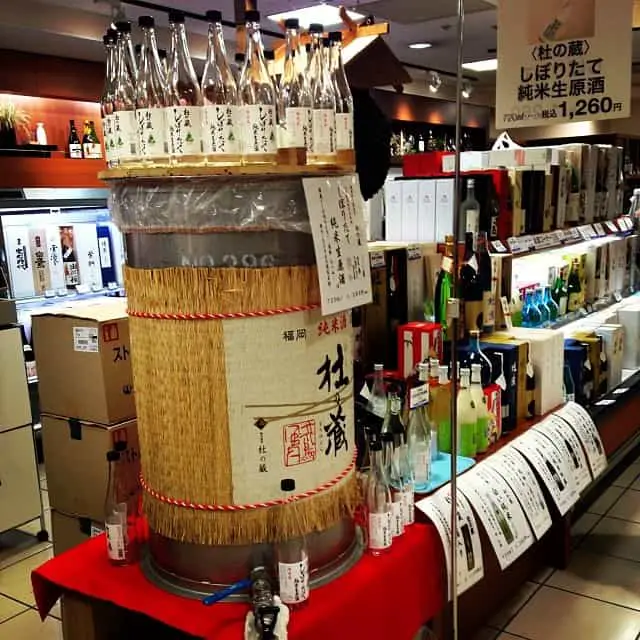
This variety of sake isn’t always gluten-free. The beverage, which is also known as futsushu, isn’t as regulated as premium sake. The brewers are allowed to include different additives to the ingredients, which aren’t monitored by authorities.
The additives and flavorings are also not always listed on the labels and may contain hidden gluten. In the manufacturing process, the manufacturers use cheaper rice grades that are generally less polished and add a significant amount of distilled alcohol to the mixture.
The blended sake accounts for 75% of all sake produced in Japan, and even though the premium brands often overshadow it, it’s not a bad quality beverage. You’ll find that in most restaurants, they will serve you regular futsushu or table sake.
The biggest issue with non-premium sake is that the ingredients are not always declared, and therefore it’s difficult for people with allergies to decide if it’s safe for them to drink. If you’re gluten intolerant, it’s best to avoid non-premium sake altogether.
If the bottle does not explicitly say “premium sake” or list one of the grades above, then you should consider that the product most likely contains gluten.
Sake Bombs & Sake Cocktails
The sake itself is gluten-free, but you need to include beer to make the bomb, which might not be. Conventional beer typically contains gluten. To create a gluten-free version of the sake bomb, you would need to make it using gluten-removed beer.
Sake is a fermented beverage made from rice, and brewers spend an immense amount of time on each batch to make sure it comes out perfectly. The sake bomb is a fun drink that comes with specific instructions to get the most out of the experience.
When constructing the cocktail, it’s recommended the beer is cold and the sake is warm.
What Ingredients Go Into a Sake Bomb?
The sake bomb is made up of two ingredients: beer or other carrier and sake. A popular variation is to use a red bull energy drink instead of beer to create a more modern take on the traditional bomber. We take a closer look at the three and find out how much gluten each one contains.
Sake
There is a misconception that sake is rice wine. Strictly speaking, this isn’t true as sake is made by using yeast fermentation, similar to beer. The fermentation process causes the yeast to produce alcohol and carbon dioxide from sugar.
It’s made from rice, Koji and water. Rice being the main ingredient, is 100% naturally gluten-free. Koji is a fungus used in the process, and there are some misconceptions that it may contain gluten depending on the type of Koji used.
However, premium sake manufacturers are legally required to use only rice Koji, which is gluten-free. If you suffer from allergies to gluten, it’s best to read the sake bottle’s ingredients if possible before drinking.
Beer
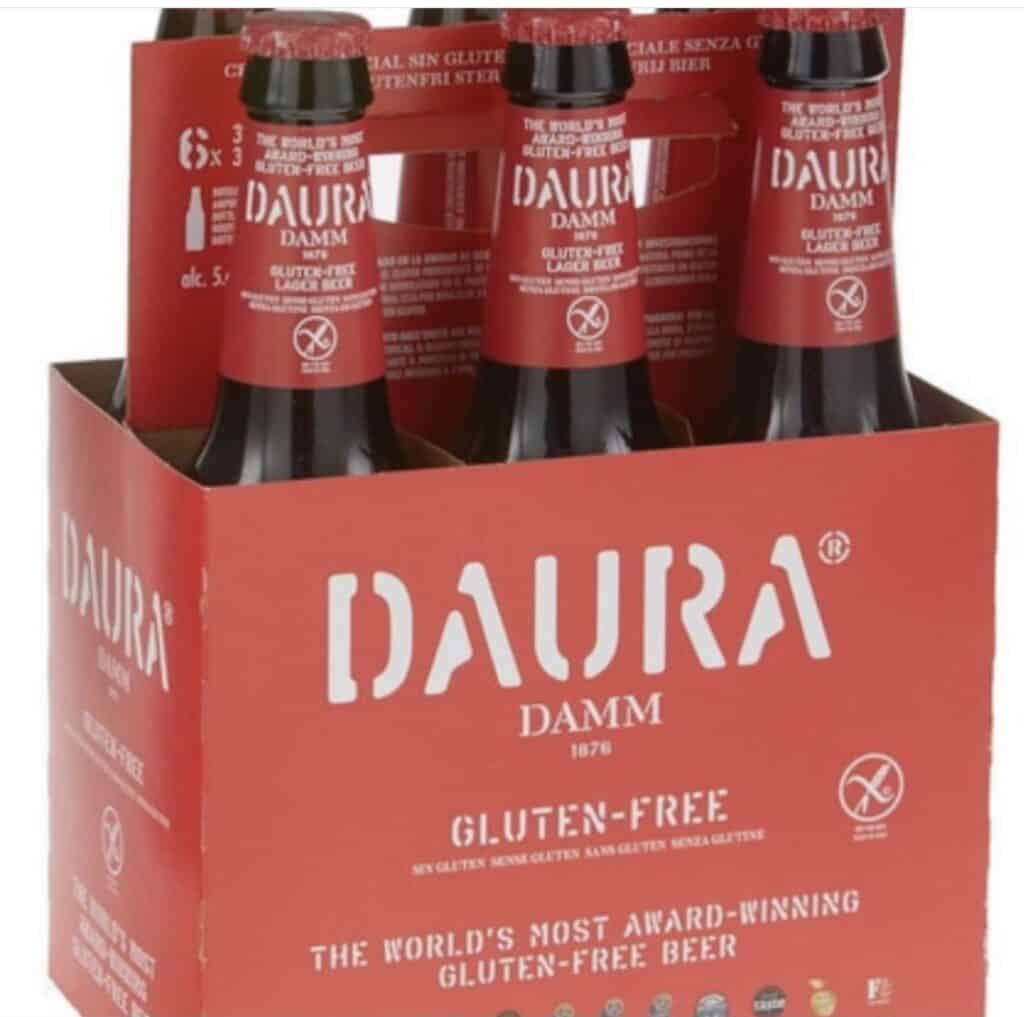
Beer is made by combining multiple barley and hops. Sometimes wheat is also used in the brewing process. Both the barley and the grain contain gluten; therefore, any beers which use these ingredients are not gluten-free.
There are gluten-removed (GR) beers on the market that can be used to make the sake bomb so that the entire cocktail is gluten-free. This healthier beer is still made using the same ingredients, namely wheat, barley, or rye, to ferment and make the beer.
The liquid then undergoes a process to remove the gluten, which involves using enzymes to break it down into smaller fragments.
Red Bull
A more modern take on the traditional drink includes substituting beer with an energy drink such as a Red Bull. The popular energy drink is wheat-free, lactose-free, dairy-free, and most importantly, gluten-free.
It’s an excellent option to explore if you’re not sure whether the beer that has been offered is entirely gluten-free. The preparation and drinking method is the same, and the combination of the sake and the energy drink is perfect for people who enjoy a sweeter beverage.
How to Enjoy Your Sake Bomb
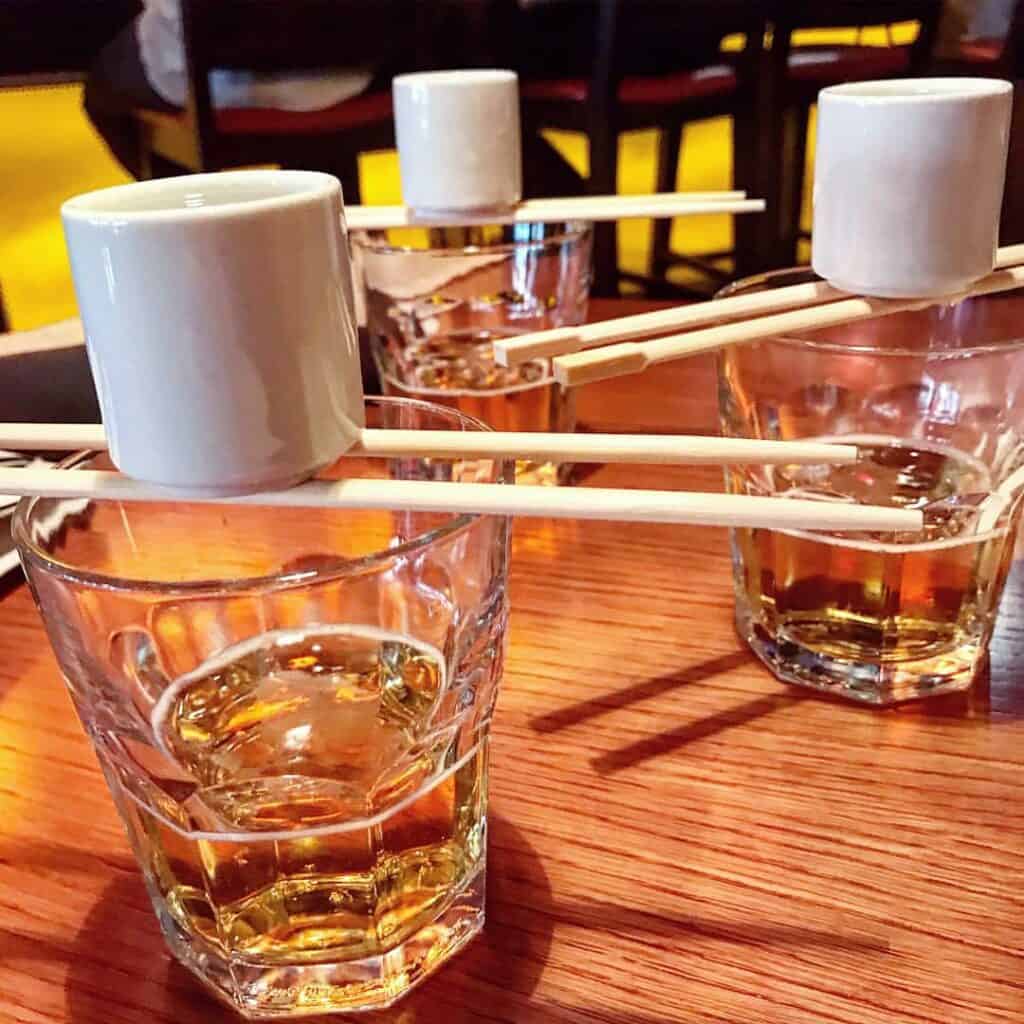
The bomber is a popular bar drink made with a shot glass of sake dropped into a tumbler of beer. In bars, you’ll find two chopsticks placed on top of the tumbler. The tot of sake is balanced on top of these. The drinkers must then slam the table with their fists, which causes sake to fall into the beer. It causes quite a fizz, and it should be drunk immediately.
If you’re feeling festive, then slam the table while yelling, “Sake bomb, sake bomb, sake bomb!” until the tot glass splashes into the beer mug. It’s a cocktail designed to drink with friends or in a crowd and can cause quite a mess after a few rounds.
Sake can be enjoyed in various ways and is a firm favorite of locals and tourists alike.

